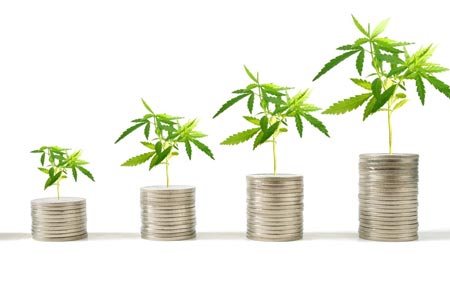Thank you for Subscribing to Agri Business Review Weekly Brief
How to Make the Most of Indoor Farming
The world's freshwater supply is depleting, and arable land and clean water are in short supply, resulting in a 70 percent water deficit in traditional agriculture.

By
Agri Business Review | Friday, November 24, 2023
Stay ahead of the industry with exclusive feature stories on the top companies, expert insights and the latest news delivered straight to your inbox. Subscribe today.
Compared to traditional agriculture, indoor farming enables us to grow food in constrained areas with fewer resources. Additionally, it provides food regardless of the weather. The type of indoor farming that most people are familiar with is greenhouse farming. They make it possible to grow food in the winter and generate heat using natural light.
Fremont, CA: The world's freshwater supply is depleting, and arable land and clean water are in short supply, resulting in a 70 percent water deficit in traditional agriculture. Despite this challenge, farming remains essential, and food is necessary for all of us. Sadly, 1.1 billion people did not have adequate food when this millennium began. It is obvious that we need to reconsider how we produce and distribute food with the help of Indoor farming.
Compared to traditional agriculture, indoor farming enables us to grow food in constrained areas with fewer resources. Additionally, it provides food regardless of the weather.
What are the types of indoor farming methods, and which one is the best?
Greenhouse
The type of indoor farming that most people are familiar with is greenhouse farming. They make it possible to grow food in the winter and generate heat using natural light. Although greenhouses can be a great addition to individual homes and yards, they have serious drawbacks when it comes to large-scale agriculture.
By 2050, two-thirds of the world's population, according to the U.S. Department of Agriculture (USDA), will reside in metropolitan areas. Due to limited ground space in cities, greenhouses would need to be built on top of buildings, which will bring unique challenges. For instance, during the warmer months, high temperatures can damage plants. Additionally, designing rooftop greenhouses that resist strong winds and heavy rainfall, and allow elements like HVAC ventilation is challenging and expensive.
Farm Container
Modular or shipping containers are used in container farms to cultivate plants. This makes it possible to cultivate many crops in a short area, reuse otherwise useless shipping containers, and facilitate transportation.
Container farms do, however, have some serious drawbacks. Shipping containers weren't made for growing; they were made for shipping. Because of the requirement for using high-intensity lighting, ventilation issues are common.
Additionally, working inside shipping containers is uncomfortable for farmers, making for a less-than-ideal atmosphere. The cost of attempting to address these issues frequently detracts from the total value of container farms.
Farming in a warehouse
For cities, warehouse farming is a fantastic option. Underutilized or abandoned warehouses can often be transformed into indoor farms, bringing value to the neighborhood. Warehouses have plenty of room for indoor farming, and the crops can be used to supply the neighborhood, lowering the farm's overall carbon footprint.
The largest product can also be produced in warehouses since they permit vertical stacks or horizontal rows of plants. Additionally, there is no need to apply pesticides or other dangerous chemicals because plants are cultivated indoors.





